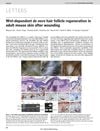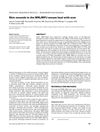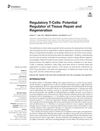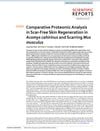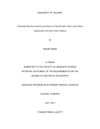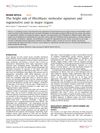Interrelation of Immunity and Tissue Repair or Regeneration
April 2009
in “
Seminars in Cell & Developmental Biology
”
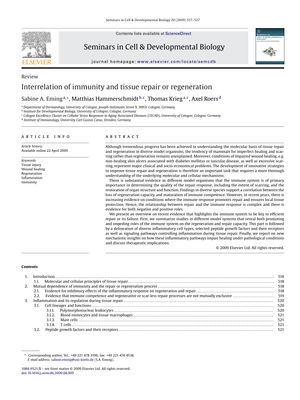
TLDR The immune system plays a key role in tissue repair, affecting both healing quality and regenerative ability.
The 2009 review explores the intricate relationship between the immune system and tissue repair or regeneration, revealing that while the immune system is crucial in determining the quality of repair, including scarring and restoration of function, it can also impede regenerative capacity. The review presents evidence from various model organisms, such as MRL mice, salamanders, zebrafish, and even humans, to demonstrate that immune competence can coexist with regenerative healing. It discusses the roles of different immune cells and cytokines in the healing process, with findings that some immune responses are essential for healing, while others can cause tissue damage. The document also examines the impact of inflammation on tissue repair under pathological conditions like diabetes, venous leg ulcers, and aging, suggesting that understanding the immune system's role in regeneration is vital for developing therapeutic strategies. Finally, it touches on the potential for novel anti-inflammatory therapies that promote the resolution of inflammation, which could lead to improved treatments for diseases with inflammation and impaired healing.
